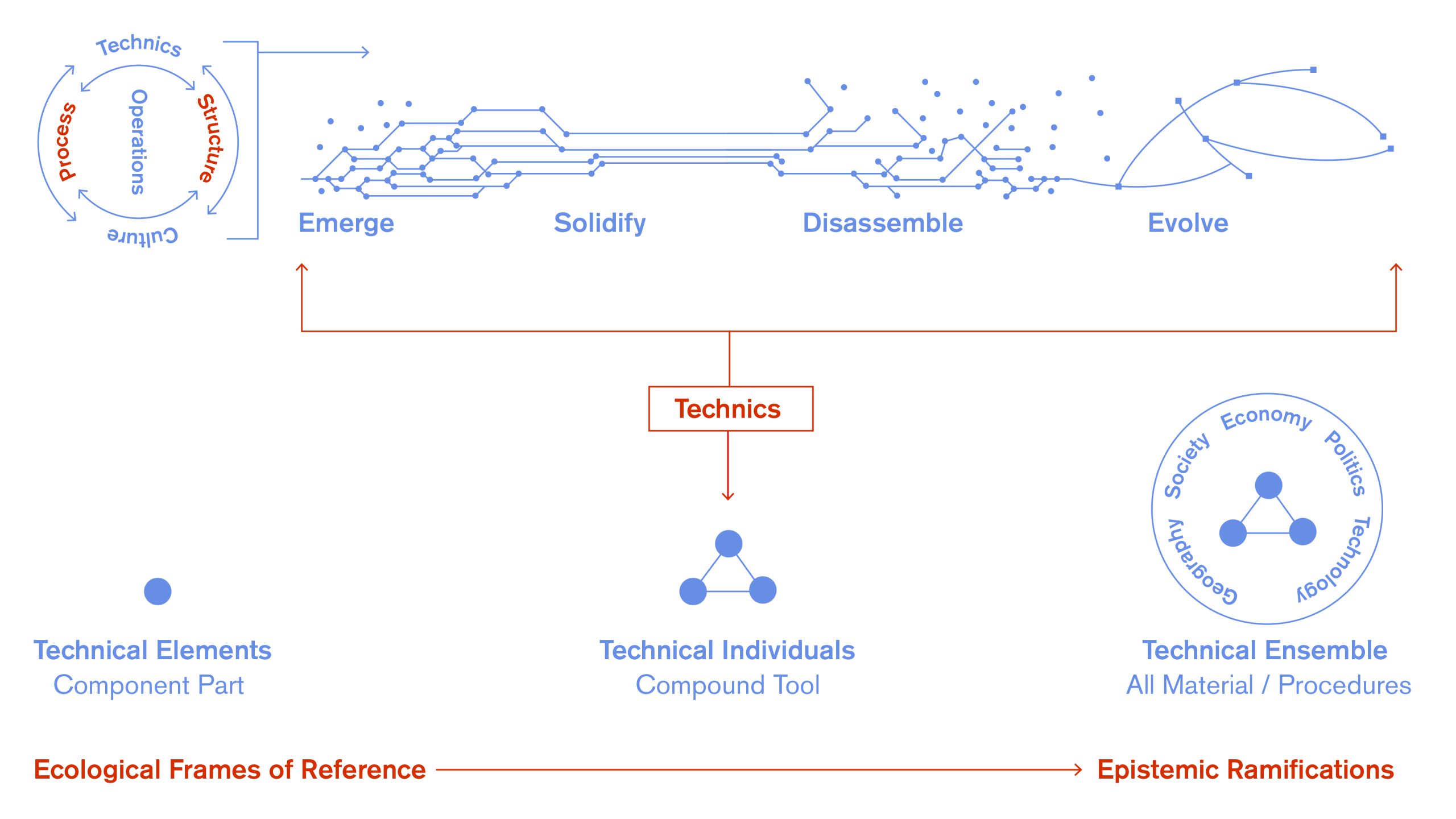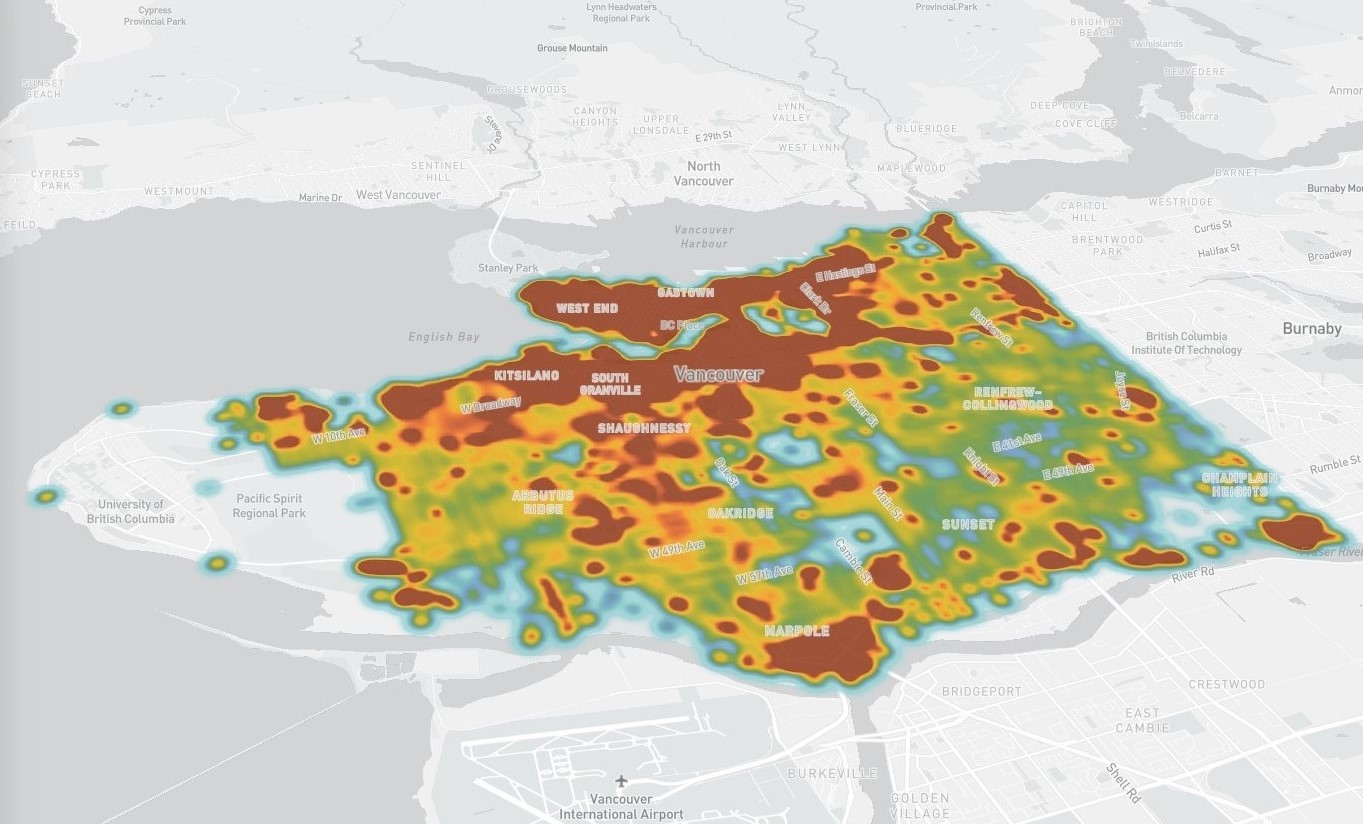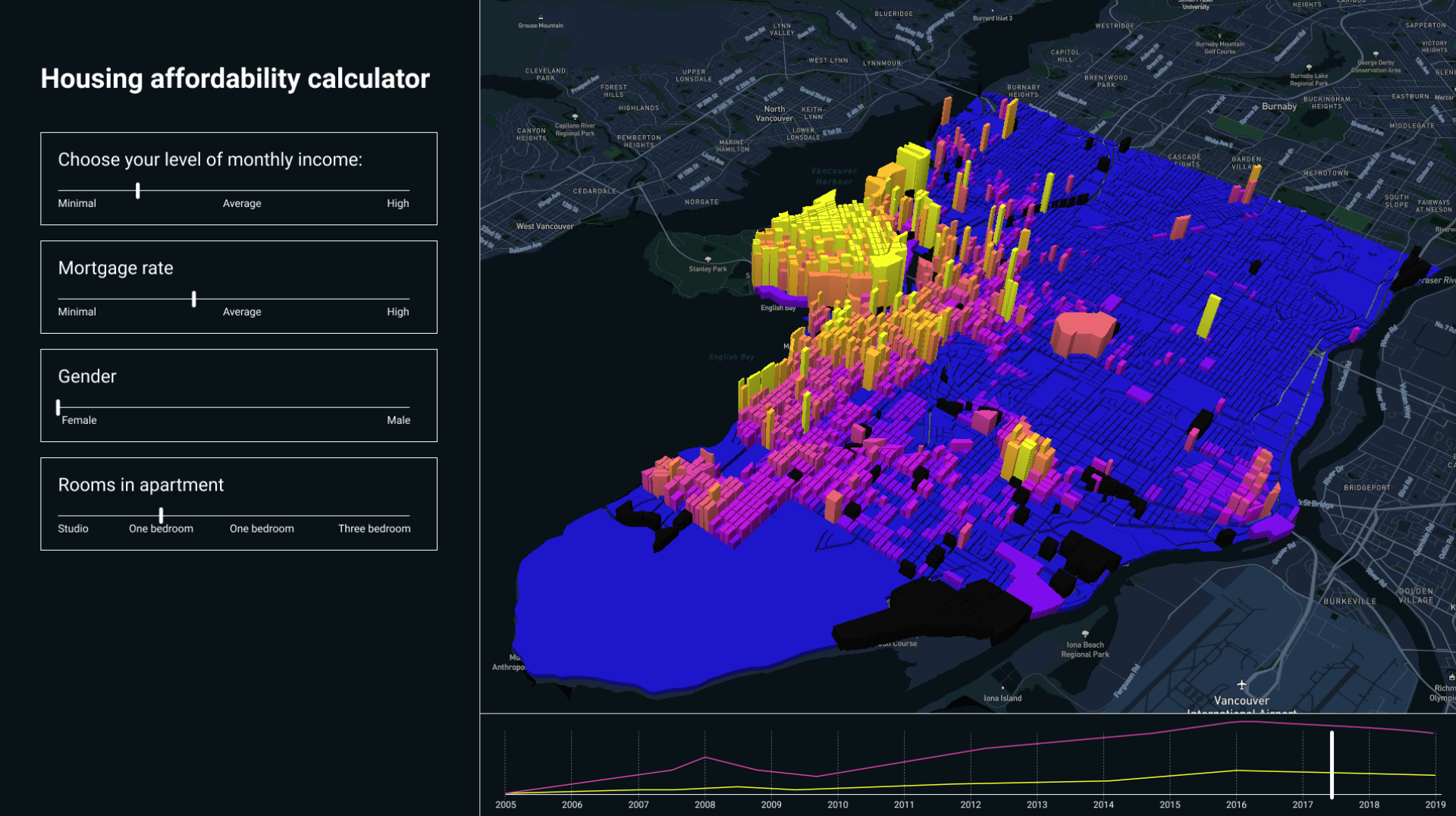This research project centers on ‘necessity’ as a contingent premise, driven by questions as to how we come to evaluate it in and as social practice, and how this conceptual category can become an object for political traction. The central reason for this approach is to grapple with the ‘cosmological constraints’ embedded in our technologies, while not disavowing technological development as such – of not falling into the reductive pitfalls of techno-fetishism nor pessimism. If technologies are to work in the service of the many, new constructions of necessity are, quite simply, necessary.
Departing from blockchain technologies (BCT) as a case study, two features in particular can be noted: First, initial applications of BCT have largely been leveraged towards the proliferation of cryptocurrency markets, where we see a novel techno-structural backbone deployed for the banal, unnovel activity of accumulating private wealth. Second, the energy, or scaling problem inherent to BCT technologies evidences another instance of unnovel, cosmological preservatism – insofar as the picture of the human through which BCT have been built, remains largely a Euro-humanist one, for which Nature remains conceived as an external resource for human mastery and exploitation. What we can see in both instances, is that although we have novel technological means, they are used to pursue the same old, familiar purposes; we have novel means to persist in conservative narrations of humanist self-images. Despite claims of ‘radical change’ ushered in via new technologies, and there are of course social changes as a result of these innovation lease in the wild, in other important senses they don’t so much introduce novelty, but rather amplify and instrumentalize upon existing cosmological dispositions. Here we may note a difference in the type of ‘change’ between the continuous and the discontinuous.
The reason for this focus on the construction of necessity as a lens through which to approach our techno-political reality is threefold:
- To analyze and put weight on territories (material and conceptual) of enablement as a target for activism commensurate with the non-linear dynamics of complex, planetary-scale systems within which we are governed, irreducible as they are to mechanical modes of agential causation.
- To escape the limiting discourses surrounding technology in both techno-fetishist (solutionist), or techno-pessimist guises – but rather grapple technology as a co-evolutionary byproduct influenced by, and influencing social life at large.
- To treat technology in its social dimension, entails intervening not only in its epistemic possibility (i.e. the capacity to make something at all), but in the speculative ramifications of that possibility in the wild, its meaning and narration in normative dimensions (i.e. how techno-scientific possibilities ought to be deployed, or not).
The project manifests as a long, diagrammatically illustrated research essay. The paper, entitled “The Valuation of Necessity,” was published in the Blockchains and Cultural Padlocks Research Report in May 2021. Read it here.
Blockchains & Cultural Padlocks
A four-year digital strategy initiative by 221A that drives research and engages civil society with the challenge of developing a digitally cooperative culture through the advancement of blockchain technologies across cultural, educational and non-profit sectors. The values-led Blockchains & Cultural Padlocks digital strategy works towards recommoning land, data and objects.












